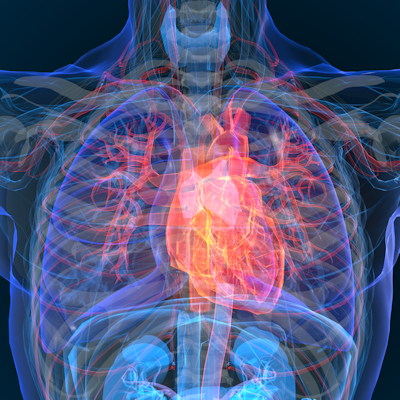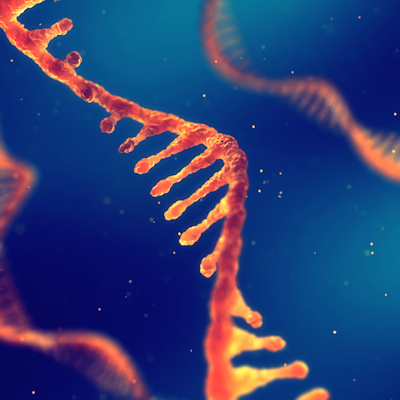December 20, 2022 -- Smidt Heart Institute scientists have investigated how biological pacemaker cells fight back against RNA therapies to correct abnormal heartbeat rates.
They have found new ways of controlling this "fighting back" activity to boost the effectiveness of RNA therapies.
This research, published on Tuesday in Cell Reports Medicine, is an important step in the development of biological pacemakers which may someday replace traditional electronic pacemakers.
Everyone is born with a specialized group of heart cells that set their heartbeat's pace. For some, however, this natural heartbeat is too slow.
While the electronic pacemakers invented in the 1950s have saved many lives, they have limitations, including battery life and system failure.
Health risks include infection, swelling, bleeding, blood clots, damage to blood vessels, and collapsed lungs. But perhaps the biggest limitation is that pacemakers merely work around, rather than cure, irregular heartbeats.
The researchers harnessed modified messenger RNA (mRNA) technology that carries information from genes to make proteins. The same technology was used to create the Pfizer and Moderna COVID-19 vaccines which carry codes that, upon entering cells, instruct them to make specific proteins.
The researchers injected laboratory mice with mRNA that was chemically modified to express a protein called TBX18. The heart cells fought back; they inhibited TBX18 protein expression by producing microRNAs, natural regulatory molecules that fine-tune gene expression. As a result, the amount of TBX18 protein produced was insufficient to support the heartbeat.
The team sought to bypass the microRNAs' inhibitory effects. After identifying the precise microRNAs involved, they used chemical antagonists to suppress those microRNAs, increasing TBX18 protein expression and stabilizing the heartbeat. They also found that a similar reaction -- the cells' ability to fight back --played a role in limiting the expression of vascular endothelial growth factor A (VEGF-A), a protein encoded by the VEGFA gene in humans which is an important regulator of blood vessel formation.
The concept that cells fight back against modified RNA is of significant practical importance, as it indicates how to improve the effectiveness of RNA therapy. The team plans additional studies to assess RNA therapy's long-term efficacy and safety, eventually applying the new insights to improve mRNA therapy in clinical trials. Their intention is to create a biological solution: cells that can be reprogrammed within the heart to naturally stabilize the heartbeat.
"We now have a clearer picture of how to inhibit microRNAs, release the brake, and ultimately get better gene expression," noted co-author Dr. Eduardo Marbán, executive director of the Smidt Heart Institute, in a statement.
Copyright © 2022 scienceboard.net










